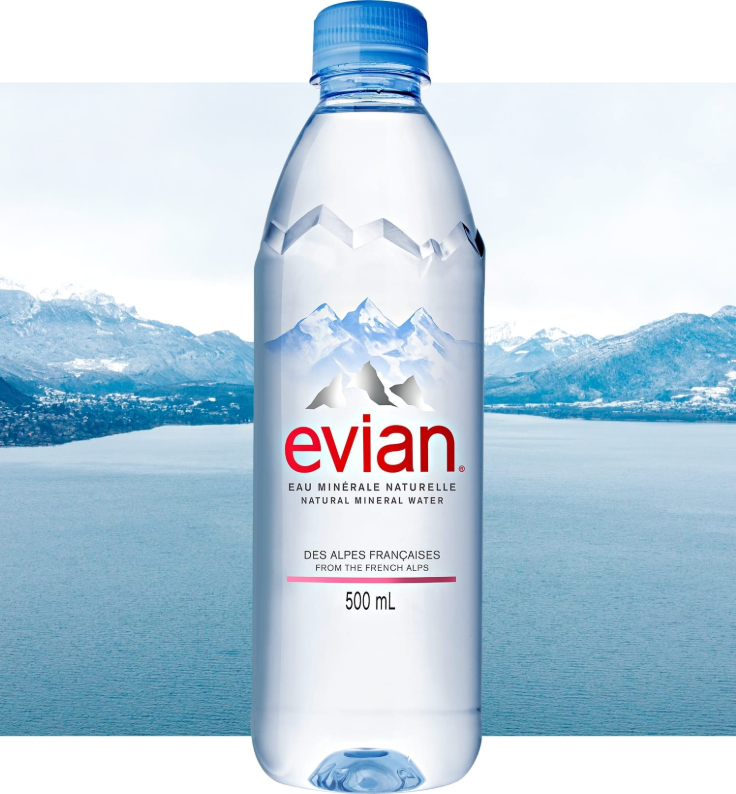Welcome to the wonderful world of fishkeeping. Whether you’re a seasoned aquarist or just starting, one thing is for sure – a well-optimized fish tank filter setup is essential for maintaining a healthy and thriving aquatic environment. From choosing the right filter to ensuring correct placement and regular maintenance, several key factors can make all the difference in keeping your aquarium water crystal clear and your friends happy. In this blog post, we’ll explore four ways you can optimize your fish tank filter setup to create an ideal habitat for your underwater companions. So, let’s dive in and discover how to achieve filtration perfection.
Choose the Right Filter
When it comes to choosing the best fish filter for 10 gallon tank, it’s important to consider the specific needs of your aquatic inhabitants. There are three main types of filters: mechanical, chemical, and biological. Mechanical filters work by physically trapping debris and waste particles from the water. Chemical filters use activated carbon or other substances to remove impurities and odors. Biological filters rely on beneficial bacteria to break down harmful ammonia and nitrates.
Before making a decision, assess the size of your tank and its stocking level. A larger tank with more fish will require a filter with a higher flow rate to handle the increased waste production effectively. Additionally, consider whether you have any sensitive species that may require extra filtration or specialized equipment.
Find the Correct Placement
Finding the right placement for your fish tank filter is crucial to ensure optimal water quality and an efficient filtration system. When it comes to placing your filter, there are a few factors you should consider. Avoid placing the filter directly under a light source, as this can encourage algae growth and disrupt the balance of your aquarium. Instead, position it in an area where there is sufficient water circulation and flow throughout the tank. Another important consideration is to place the filter near areas where debris tends to accumulate, such as near decorations or in high-traffic areas. This will help maximize its effectiveness by trapping particles before they have a chance to settle on surfaces.

Conduct Regular Maintenance
Regular maintenance is a crucial aspect of keeping your fish tank filter running efficiently. By adhering to a consistent maintenance routine, you can ensure that your filter continues to provide clean and healthy water for your aquatic friends. It’s important to check the filter media regularly. Over time, debris and waste can accumulate in the media, reducing its effectiveness. By cleaning or replacing the filter media as needed, you can maintain optimal filtration performance. Don’t forget about the intake and output tubes. These components can also become clogged with debris over time.
Consider Supplemental Filtration
In addition to choosing the right filter and ensuring correct placement, another important aspect of optimizing your fish tank filter setup is considering supplemental filtration. While a good quality filter can do wonders for maintaining water clarity and reducing waste buildup, sometimes it may not be enough on its own. One option is adding a sponge filter to your setup. These filters work by providing additional biological filtration through the growth of beneficial bacteria on their surfaces. They are especially useful in tanks with fry or small fish that larger filters could suck up. Another type of supplemental filtration is using activated carbon or chemical media. Activated carbon helps remove impurities, odors, and discoloration from the water, while chemical media like phosphate removers can reduce excessive algae growth.
By implementing these four strategies – choosing the right filter, placing it correctly in your tank’s layout, performing regular maintenance tasks diligently, and considering supplemental filtration options- you’ll create a thriving aquatic ecosystem for your beloved fish friends. Remember that each aquarium setup is unique; therefore, adjusting these recommendations according to individual circumstances may be required. We hope that you have found this blog post helpful.


